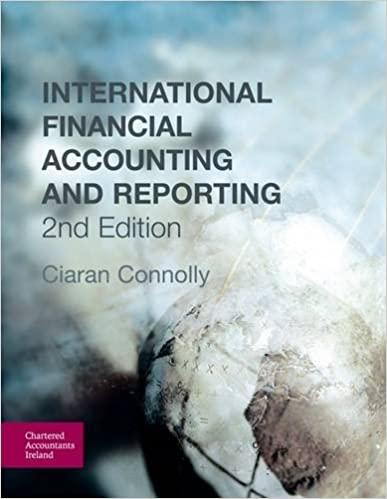Exercise B-18 (Algo) Practical applications of the time value of money LO P1, P2, P3, P4 Provided are links to the present and future value tabies: (PV of S1, EV of \$1, PVA of S1, and EVA of \$1) (Use appropriate factor(s) from the tables provided. Round your answer to the nearest whole dollar.) a. How much would you have to deposit today if you wanted to have $42,000 in three years? Annual interest rate is 10%. b. Assume that you are saving up for a trip around the world when you graduate in two years. If you can earn 6%. on your investments, how much would you have to deposit today to have $10,500 when you graduate? (Round your answer to 2 decimal places.) c-1. Calculate the future value of an investment of $499 for ten years earning an interest of 9%. (Round your answer to 2 decimal places.) c.2. Would you rather have $499 now or $1,000 ten years from now? d. Assume that a college parking sticker today costs $62. If the cost of parking is increasing at the rate of 6% per year, how much will the college parking sticker cost in seven years? (Round your answer to 2 decipal places.) e. Assume that the overage price of a new home is $110,000. If the cost of a new home is increasing at a rate of 77 per year, how much Will a new home cost in elght years? (Pound your answer to 2 decimal places.) t. An imvestment will pay you $5,500 in 10 years, and it also will pay you $210 at the end of each of the next 10 years bears 1 through 10). If the annual interest rate is 6%, how much would you be willing to poy todsy for this type of investment? (Round your intermediate calculations and final answer to the nearest whole dollar.) 9. A college student is reported in the newspaper as having won $6,000,000 in the Kansas State Lottery. However, as is often the custom wath lotteries, she does not actually receive the entire $6 million now. Irstead she will recelive $300,000 of the end of the year for each of the next 20 years. If the annual interest rate is 7%, whot is the present value (today's amount) that she won? (ignore taxes). (Round your answer to nearest whole dollar.) \begin{tabular}{|l|} \hline a. Present value \\ \hline b. Present value \\ \hline c-1. Future value \\ \hline c-2. Would you rather have $499 now or $1,000 ten years from now? \\ \hline d. Future value \\ \hline e. Future value \\ \hline f. Present value \\ \hline g. Present value \\ \hline \end{tabular}








